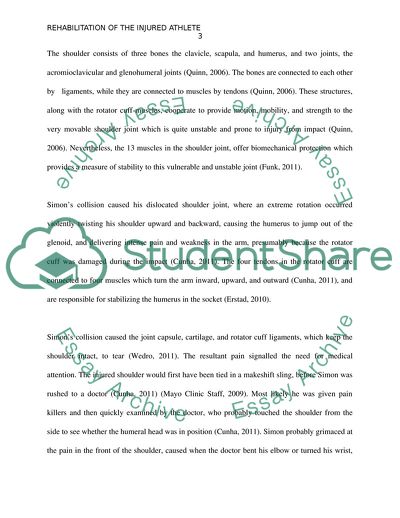Cite this document
(Rehabilitation of the Injured Athlete Case Study - 1, n.d.)
Rehabilitation of the Injured Athlete Case Study - 1. https://studentshare.org/medical-science/1751768-rehabilitation-of-the-injured-athlete
Rehabilitation of the Injured Athlete Case Study - 1. https://studentshare.org/medical-science/1751768-rehabilitation-of-the-injured-athlete
(Rehabilitation of the Injured Athlete Case Study - 1)
Rehabilitation of the Injured Athlete Case Study - 1. https://studentshare.org/medical-science/1751768-rehabilitation-of-the-injured-athlete.
Rehabilitation of the Injured Athlete Case Study - 1. https://studentshare.org/medical-science/1751768-rehabilitation-of-the-injured-athlete.
“Rehabilitation of the Injured Athlete Case Study - 1”. https://studentshare.org/medical-science/1751768-rehabilitation-of-the-injured-athlete.


